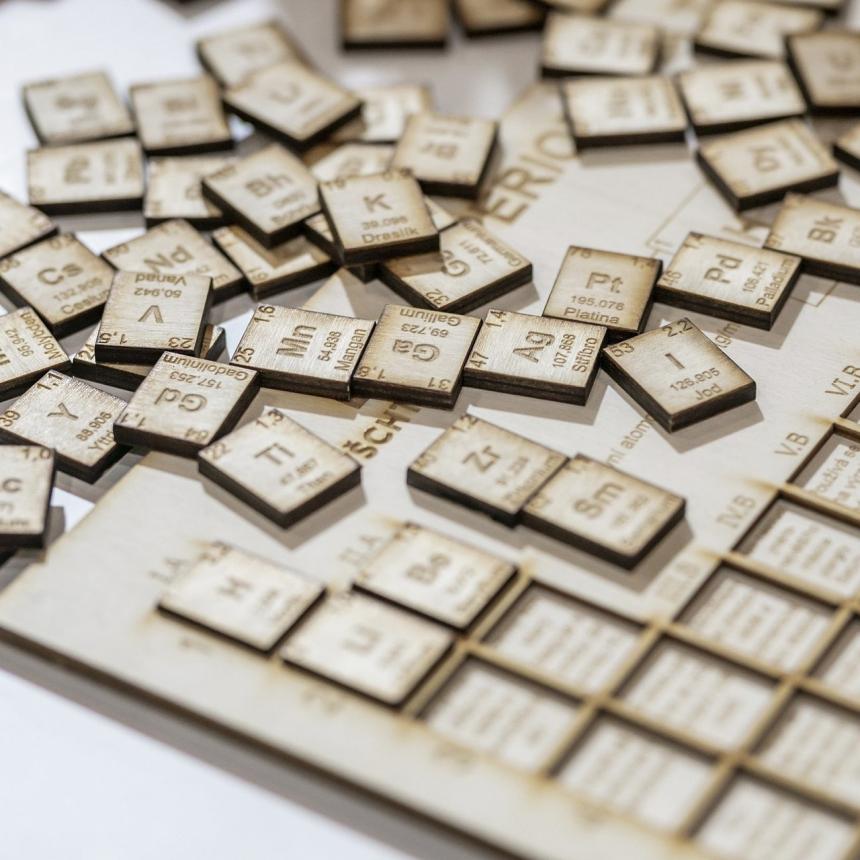Nickel is a unique metal because it is frequently mixed with other metals to produce alloys, unlike metals like copper, which is are used as a standalone. When making nickel alloys, nickel is mixed with other metals to develop alloys with specific traits such as corrosion resistance, shelf life, and more. As such, recycling nickel alloys is a bit of a different process compared to recycling metals like copper.
In today’s blog, we will be discussing some of the key elements of nickel alloy recycling:
Nickel Content
Different products utilize different types of nickel alloys. As explained, nickel alloys usually have different properties. For instance, an alloy with higher conductive properties will probably be used in electronic equipment while an alloy with higher corrosion resistance may be used in industrial machinery. The nickel content of these alloys are therefore not uniform, and recyclers have to sort these alloys accordingly. Some products can have a nickel content of as low as 1%, with the peak possibly coming in at 90%.
Maintaining the Composition
Sorting the different types of alloys also allows recyclers to ensure the recycled product has the same contents as the original material. Producing such alloys from scratch are expensive, whereas if manufacturers can use recycled alloys, they can benefit greatly from the reduction in cost. Furthermore, the recycling process also does away with any need for the mining of new materials, thus also posing an environmental benefit.
Dealing with Scrap
Despite best efforts to maintain composition, recycled alloys will not always have the same ratio of components as the original material. Scrap can get mixed into the recipe, but qualified recyclers have ways of dealing with this scrap. If a recycled alloy has significant scrap content, the material can be melted down to produce an ingot, which is also valuable for different kinds of applications. Recyclers can also add in other materials during the recycling process to either maintain the composition of the alloy or to create specific kinds of ingots.
As you can see, the recycling process for nickel alloys can be complex and should only be performed by professionals who understand metal compositions and recycling processes. Contact the experts at Alnor Industries today to learn more about our metal recycling services.



